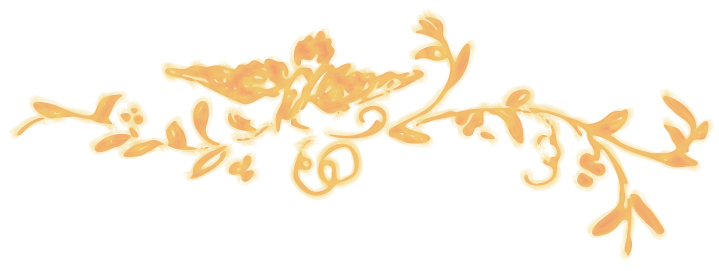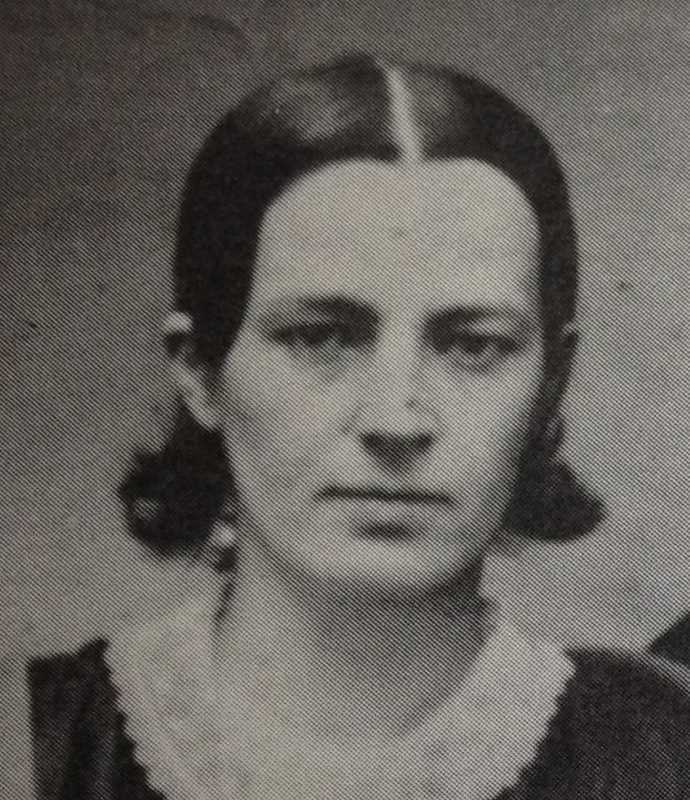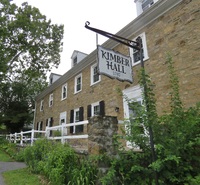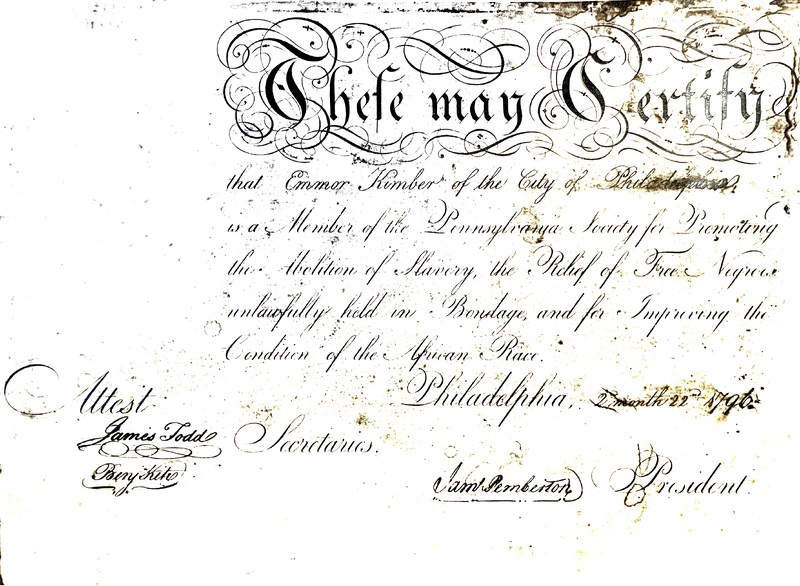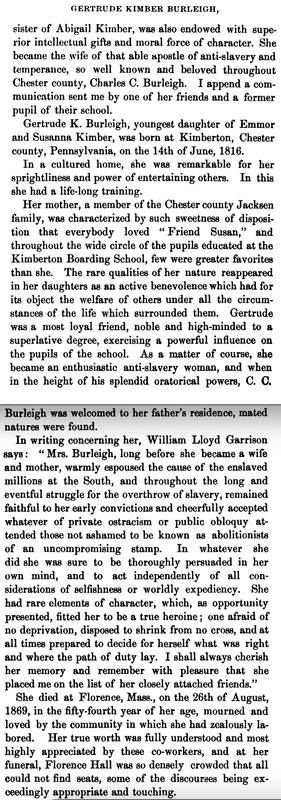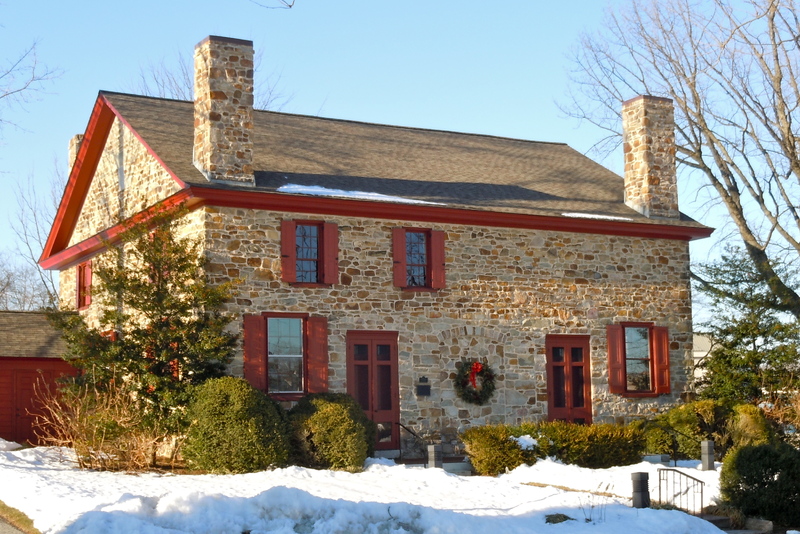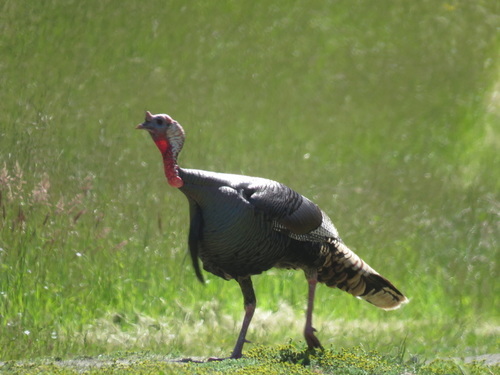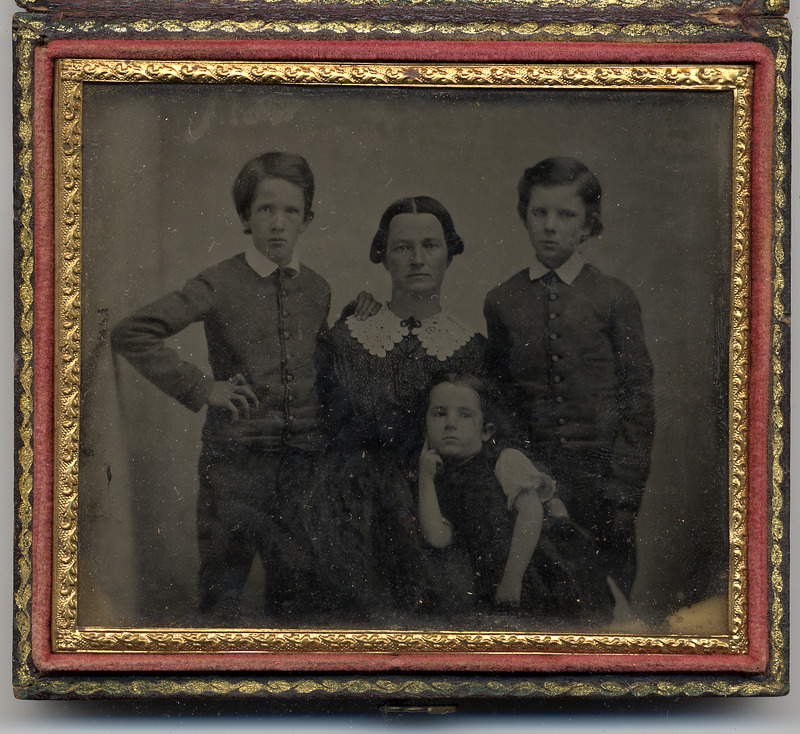Gertrude Kimber Burleigh: Quaker Partner to Charles
Gertrude Kimber Burleigh Basics
b. June 14, 1816, Tredyffrin Township, Pennsylvania
d. August 26, 1869, Northampton, Massachusetts
m. Charles Calistus Burleigh (1810-1878), October 24, 1842, Kimberton, Pennsylvania
lived in Pennsylvania, Vermont, Connecticut, and Massachusetts
I. Situating Gertrude Kimber Burleigh
Gertrude Kimber Burleigh was a feminist, teacher, Quaker, abolitionist, mother, singer, and thinker. She came from a family that stressed education and anti-slavery. She loved her husband deeply, in all his eccentricities. Gertrude Kimber Burleigh impressed her friends and fellow reformers as a paragon of virtues (note the memorial to her by William Lloyd Garrison below).
Her father, Emmor Kimber (1775-1850), was an important Quaker educator, and one of the earliest Pennsylvania Quakers to risk breaking the law to hide fugitives who were self-liberating from the detested institution. He was a member of the Pennsylvania Abolition Society - one of the few Revolutionary-era anti-slavery organizations that extended chronologically and continuously into the era of Immediate Abolition. The school he started, Kimber Hall, was also where is daughters - Abby Kimber and Gertrude - studied and later taught. Emmor Kimber is important in the history of education, especially for his optimistcally titled textbook, Arithmetic Made Easy to Children (1805).
The school at which Gertrude studied and later taught had a demanding curriculum - everything from the Classical languages to mechanic's tools! This description of Kimber Hall, written in 1888, further suggests that the students were not subject to corporal punishment:
“The school was taught by Mr. Kimber and his accomplished daughters, and was conducted on principles somewhat different from those of most seminaries, there being no code of penal laws or rules in force. The plan of government was based upon the Golden Rule,—”Whatsoever ye would that men should do to you, do ye even so to them,”—and as Mr. Kimber and his daughters had the faculty of governing without any visible exercise of authority, the school stood very high, was prosperous, and had many scholars from other States and the West Indies. After a useful career of about thirty-three years the school was closed about 1850, upon the death of Mr. Kimber."
References
Futhey, John Smith and Gilbert Cope. History of Chester County, Pennsylvania, with genealogical and biographical sketches. Philadelphia: Louis H. Everts, 1881. Used online at Internet Archive 28-October 2024. p. 305
Sensenig, Elinor C. J., “Emmor Kimber,” Tredyffrin Easttown History Quarterly 12:4:82-85, 87 (October 1963). She has a list of her references, many of which have not yet been consulted, at the end of her article.
II. Describing Gertrude Kimber Burleigh
As this research has been conducted, the impact that Gertrude had on the people around her in the reform movement has come into focus. She was witty (as evidenced in her letters) without compromising her moral values; generous and welcoming; accepting of difference, even embracing it. In addition to her positive endorsement of her husband Charles' often scandalous appearance, she was also respectful of her sister Abigail "Abby" Kimber, who was a major force in eastern Pennsylvania Abolitionism, and known to have a companionship with another Abolitionist, Sarah Pugh. So in some very important ways, Gertrude Kimber Burleigh presented to others in her circle as the kind of humanity towards which the Abolitionists were working. Certainly nineteenth-century prose is filled with florid gestures of compliment and love, but there are nuances within that style. The praises of Gertrude were different from the norm.
Sidney Southworth - a close personal friend of George Shepard Burleigh, and a provocative reformer himself - describes Gertrude thus on first meeting her in March of 1843:
"I saw C.C.B. and his wife there. Charles’ wife is a splendid specimen of her sex and race as I ever saw. If humanity were all like her, and no matter how much better, the moral world would not remain a chaos long. A power would effectually be exerted to bring it into shape." (emphasis added)
William Lloyd Garrison was proud that Gertrude had chosen him to be amongst her closest friends! The memorial piece inserted here demonstrates that.
Finally, like her husband, Gertrude inspired namesakes - both within the Burleigh family and outside of it. Her son Charles C. Burleigh Jr. named his only child after his mother, Gertrude Florence Burleigh; she, in turn, named a daughter Gertrude. Outside of the family, but within the community of Abolitionists, a namesake of Charles - Charles Burleigh Lamborn - named his daugher Gertrude Lamborn in honor of Gertrude Kimber Burleigh.
References
Brandywine Valley Tourist Information Center. "Committed Spirits - Abolitionist, Underground Railroad Operators & Civil War Soldiers in the Longwood Cemetery. Online resource.
R.C. Smedley, History of the Underground Railroad in Chester and the Neighboring Counties of Pennsylvania. Lancaster, Pennsylvania: Office of the Journal, 1883. p. 204-205.
Sidney Southworth, letter to George Shepard Burleigh 1843-05-01, HA 1274; cf. 1843-06-03 - Burleigh Collection, John Hay Library, Brown University.
III. The Story of the Courtship
On September 5, 1842, Gertrude Kimber submitted a letter requesting her separation from the Society of Friends, at the Uwchlan Monthly Meeting. The act is recorded thus in the Women's Meeting Minutes:
Gertrude Kimber offered a resignation of her right of membership in the Society of Friends to this meeting, which is accepted by this and men's meeting, and is as follows:
Dear friends
Intending marriage, with one not in membership with friends, and therefore having no desire longer to sustain my birthright, and wishing to enjoy the company of my new relations and friends on the solemn occasion...I hereby, though still retaining my attachment to the valuable principles of the society, do resign my right of membership therein,
Affectionately your friend
Gertrude Kimber
Sources
Uwchlan Monthly Minutes, Women's Minutes, 1828-1882, p. 112, entry of September 5, 1842. Used via Ancestry.com. U.S., Quaker Meeting Records, 1681-1935 [database on-line]. Lehi, UT, USA: Ancestry.com Operations, Inc., 2014.
IV. Gertrude Kimber Burleigh's Work and Activism
In 1844, after Gertrude and Charles moved back from Vermont to Pennsylvania, Gertrude ran a small business "marking" linens and muslins. This practice of placing a name or identifying mark on clothing was important to household management. Nearly every issue of the Pennsylvania Freeman in 1844 contains her modest advertisement of this service.
Also during this time in Pennsylvania soon after their marriage, Gertrude was a part of the interracial Philadelphia Female Anti-Slavery Society meetings.
References
Pennsylvania Freeman New Series no. 17 p. 4 September 5 1844
The IK Workshop Society at The IK Foundation. Viveka Hansen. "18th & 19th Century Marking of Linen: Garments and Bedlinen Kept in a Museum Collection." LXVI, January 19, 2017.
V. A Quirky Anecdote
Gertrude's singing voice was noted by many friends. But the most important Abolitionist musicians of the time - the Hutchinson Family Singers - were intrigued by another vocal talent of hers!
"Here in Philadelphia was the adopted home of our beloved friend, Charles C. Burleigh, with his worthy partner, Gertrude Burleigh. They were sojourning in a pleasant tenement, not far from our boarding-place, and we had frequent visits from them.
Mrs. Burleigh was a welcome guest at any hour in the day. She would go to the door and exercise her faculty of imitating one of our American domestic fowls, and it carried us back to the farm-yard, when we used to have turkeys fattening for Thanksgiving. It was certainly interesting to hear her 'gobble.'"
So we can see that Gertrude Kimber Burleigh had her own eccentricities. At the time reported here, the Burleighs were living in downtown Philadelphia, close to the waterfront. The presence of Wild Turkey (Meleagris gallopavo) in that busy neighborhood was unlikely - so for bystanders to suddenly hear a good imitation of the call was likely disorienting!
References
John Wallace Hutchinson, Story of the Hutchinsons (Tribe of Jesse). Ed. Charles E. Mann. Boston: Lee and Shepard, 1896. Volume 1, p. 100.
VI. Gender Equality in All Things
Gertrude Kimber Burleigh - and her spouse Charles Calistus Burleigh - signed the protest against the Whole World Temperance Conference that refused to seat female delegates, in May of 1853. That protest called for a true World Temperance Conference to be held in New York City in September of 1853.
Frederick Douglass' Paper, August 12, 1853


